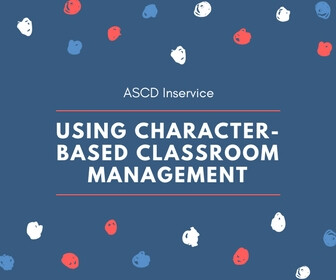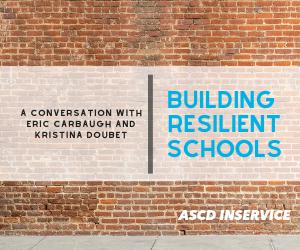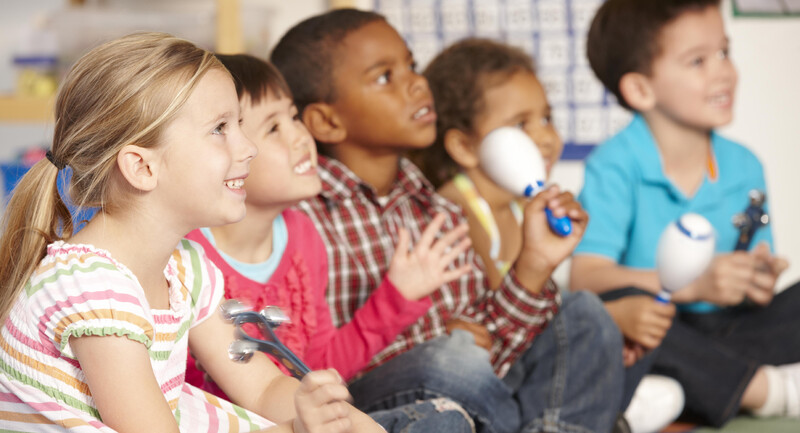For more than a decade, studies have pointed to the benefits of social-emotional learning (SEL) for students, adults, and school communities. A 2011 meta-analysis found that SEL enhances academic achievement by as much as 11 percent, while a 2017 follow-up meta-analysis found a correlation between positive academic outcomes and well-run SEL programs (see "SEL: What the Research Says").
So, leaders might ask themselves, How can I implement an SEL program in my school or district to meet our goals? What program components should I look for?
Enter Stephanie M. Jones and a team of researchers from the Harvard Graduate School of Education who, in partnership with The Wallace Foundation, reviewed, categorized, and measured 33 select elementary and middle-grade SEL programs to make finding those answers a bit simpler.
Their findings are detailed in the new report “Navigating Social and Emotional Learning from the Inside Out,” a resource that provides practical profiles of each program, including the specific skills it targets and instructional methods it uses. At first glance, the report may seem overwhelming—it clocks in at over 500 pages—but the authors aim to make it easier to match an SEL program (out of dozens to choose from) with an individual school’s needs.
According to Jones, the report’s lead author, the information is not meant to be a review on the practicality of each program, but a “descriptive, comparative work that helps decision-makers.” In other words, the report makes an effort to remain impartial on the utility of one program over the other. It seeks to demonstrate which of 23 common skills across six SEL domains (see below) each program addresses.
Source: "Navigating SEL from the Inside Out" ASCD webinar handout
Accurate Comparisons Save Time
Being able to easily see which components are central to any one program will save leaders time as they try to decide what curricula might work best for their school or district. Say, for example, that your school needs to better engage with families on implementing SEL practices. Not every program offers family engagement components; others may offer it as a main feature. Instead of poring through each program individually, the report lays everything out in a simple table.
Find the right column, according to your school's goals or interests, and refer to the key (there’s a more detailed description of the ratings for each category).
Source: "Navigating Social and Emotional Learning from the Inside Out" (July 2021). The Wallace Foundation.
The degree to which a program focuses on certain SEL skills can also be compared by a heatmap (each skill is rated on a scale of 0-100).
Source: "Navigating Social and Emotional Learning from the Inside Out" (July 2021). The Wallace Foundation.
Equity Is a Focus
Importantly, the report explains how SEL can be implemented equitably. Equitable SEL “affirms diverse identities; incorporates student cultural values, practices, and assets; fosters positive identity development; promotes student agency and voice; and acknowledges issues of bias, power, and inequality and works to address them” (p. 41).
According to Jones, it is rare for programs to be intentionally designed with issues of equity in mind. As a result, the report includes a set of recommendations, such as investing in training and resources, and describes the extent to which current programs support equitable SEL.
“SEL is of great interest to many—in particular right now,” Jones said in a recent ASCD webinar on October 26, referring to the ongoing challenges presented by the pandemic. “It’s designed, overall, to be a practical resource for schools, for early childhood educators, and other SEL stakeholders."
ASCD recently hosted the report’s author, Stephanie M. Jones, for a rundown of the findings. Catch the full webinar on demand.








